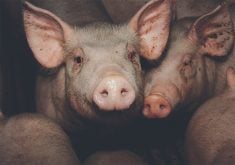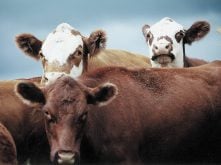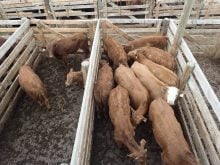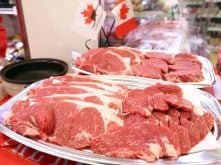MEACHAM, Sask. – Top quality electric fencing is among the most important tools in a grazing plan, producers heard at the Saskatchewan Pasture School earlier this month.
“Buy quality and the biggest one you can get,” said Dennis Brown, a cow-calf operator with Crocus Creek Livestock at Tugaske, Sask.
He was one of three livestock producers making presentations to 50 producers in Meacham following an afternoon of touring tame and native pastures. All three have converted grain land to grass in recent years.
“A good fence pays for itself over and over,” said Dave Kerr of Kerr Brothers Livestock at Lashburn, Sask., who uses a single strand system to cross fence his paddocks.
Read Also
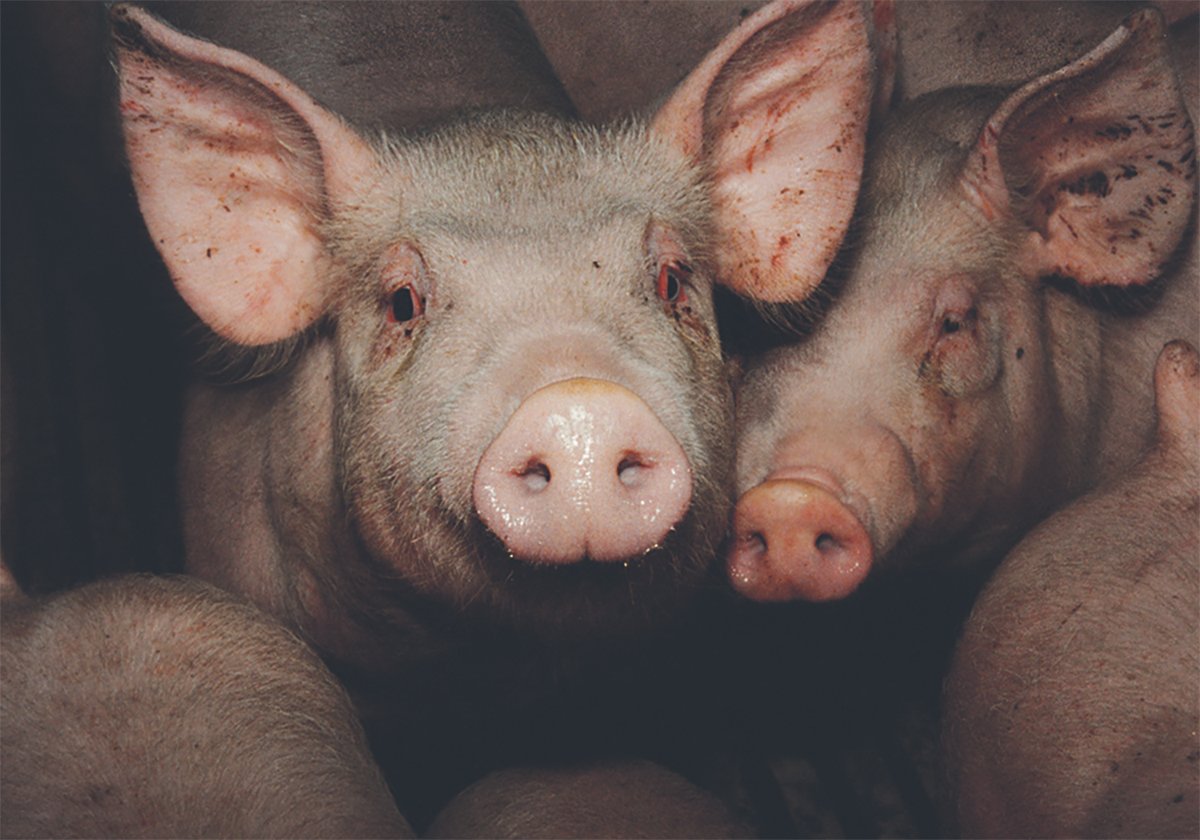
The Western Producer Livestock Report – October 30, 2025
Western Producer Livestock Report for October 30, 2025. See U.S. & Canadian hog prices, Canadian bison & lamb market data and sales insights.
Cross fencing pastures makes them more productive, said Greg Stokke of Watrous, Sask., who plans to remove the last of his barbed wire fencing this year to avoid time-consuming repairs.
He fences a dugout to keep cattle from drowning. He also protects his 100 acres of native grassland by limiting grazing dates.
Stokke added a winter watering site and corn and barley for swath grazing.
“Know your own land and what it can do for you,” he said.
Stokke prefers livestock to grain production because it gives him greater control over marketing. Livestock can also be managed to make the operation more productive, he added.
With 75 percent of his expenses in feeding costs, Stokke seeks opportunities in programs offered by Ducks Unlimited, the Prairie Farm Rehabilitation Administration and Sask Power and relies on an off-farm job to help out.
He also processes straw and screenings bought from the local elevator and lets his animals graze his hay land.
“I believe the cattle have to work for you. I don’t have the time to work for the cattle,” he said.
Kerr has found savings in a combination of owning, leasing and custom grazing cattle. He also uses others’ grassland in exchange for managing their herds.
“It gives us access to pasture we didn’t have.”
He said the future will hold much opportunity for leasing cattle as more farmers retire.
“Less people want to do this so we will get them at our rates, more reasonable rates,” he said.
Most years he feeds bales for about 25 days and the rest of the time uses swath grazing and moves animals through pastures and hay lands at a stocking rate of 10 to 25 head per paddock.
Kerr and Brown stressed the importance of knowing all costs and keeping pastures healthy.
Kerr uses a digital camera and GPS on every field to check on the grass and calculate the number of grazing days per acre. He also regularly tests feed. Meadow brome, alfalfa and legumes are mainstays in pastures at the Brown farm, where the grazing strategy is to keep animals moving when the grass is growing.
“No plant can be bitten until it fully recovers from the previous grazing,” he said.
He also believes in holistic management and “getting in synch with nature,” which includes good grass management and low-stress cattle handling.
Brown said producers need to have long-term strategies, reduce their overhead and accurately assess their costs and returns.
“Profit comes after you’re paid a fair return for your labour,” he said.


